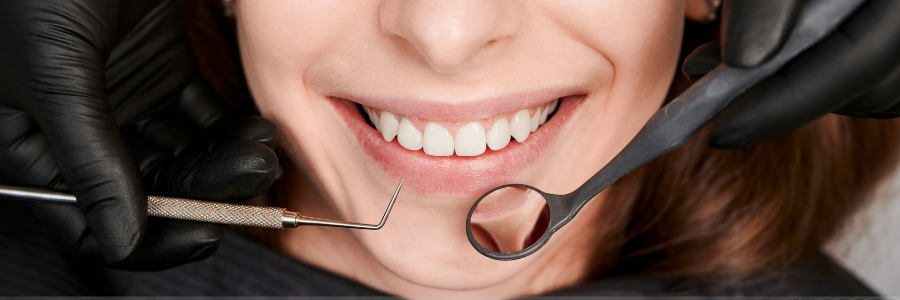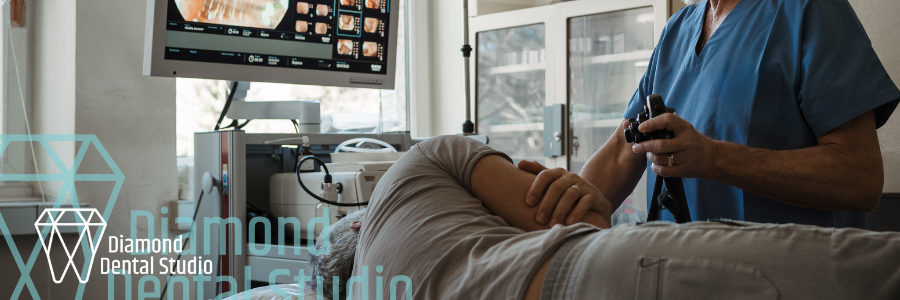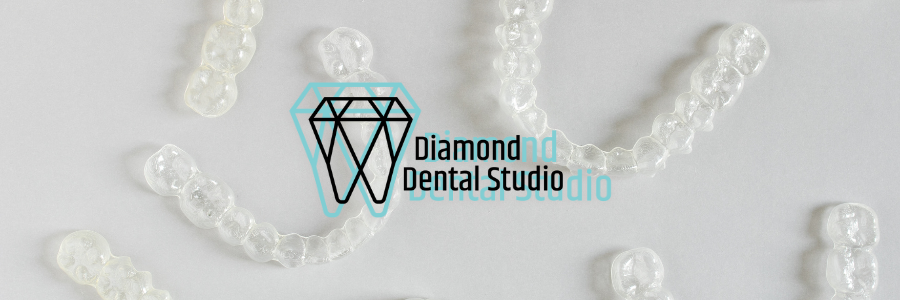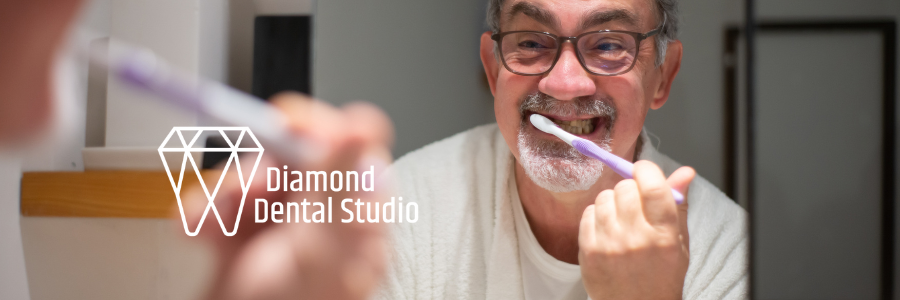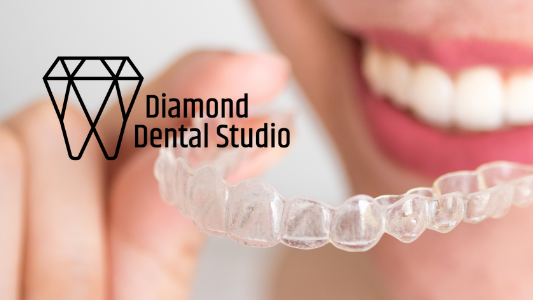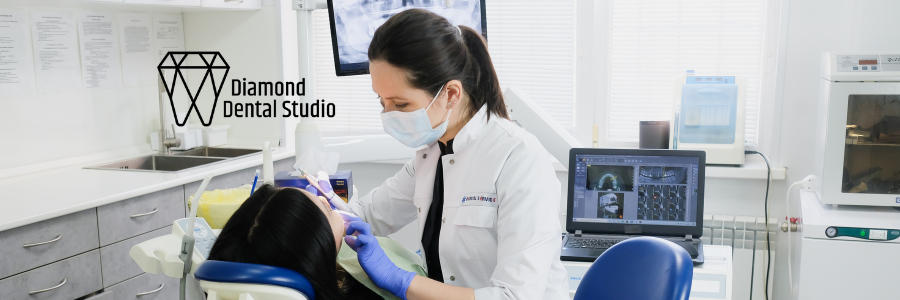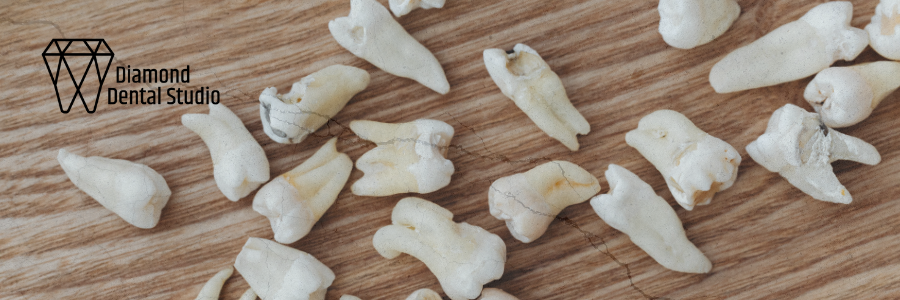How Long Does a Tooth Extraction Take to Heal? Understanding the Recovery Process
Factors Influencing Healing Time
Age and Overall Health
Age and overall health play a significant role in the healing process after a tooth extraction. Younger individuals and those in good health typically experience faster recovery times. Conversely, older adults or those with chronic health conditions may find that healing takes longer.Type of Extraction
The type of extraction performed can also impact the healing time. Simple extractions, which involve removing a tooth that is visible above the gum line, generally heal more quickly. In contrast, surgical extractions, which may require cutting into the gum or removing bone, often result in a longer recovery period.Post-Operative Care
Proper post-operative care is crucial for a smooth recovery. Following your dentist's instructions can significantly reduce healing time. Key aspects of post-operative care include:- Keeping the extraction site clean
- Avoiding strenuous activities
- Taking prescribed medications as directed
- Attending follow-up appointments
Adhering to these guidelines can help ensure a quicker and more comfortable healing process.
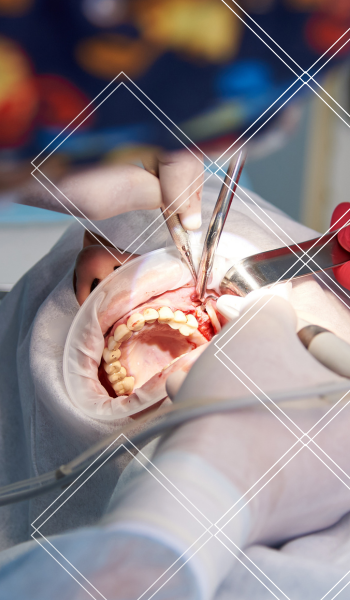
Typical Healing Timeline
First 24 Hours
The initial 24 hours post-extraction are crucial for setting the stage for recovery. Blood clot formation is essential during this period to prevent complications like dry socket. Patients should avoid rinsing their mouth vigorously, drinking through a straw, or smoking, as these actions can dislodge the clot. Mild bleeding and discomfort are normal, and using an ice pack can help reduce swelling.First Week
During the first week, the body begins to repair the extraction site. Swelling and bruising may peak around the second or third day but should gradually subside. Maintaining good oral hygiene is important by gently brushing and rinsing with a saltwater solution. Over-the-counter pain relievers can help manage discomfort. Avoiding hard or chewy foods will aid in the healing process.Long-Term Recovery
Long-term recovery can take several weeks to a few months, depending on the complexity of the extraction and individual healing rates. The gum tissue will continue to heal, and any stitches, if used, will dissolve or be removed by your dentist. Regular follow-up appointments are essential to ensure proper healing. Patients should continue to avoid any activities that could disrupt the healing process, such as smoking or consuming alcohol.Common Symptoms During Recovery
Pain and Discomfort
Experiencing pain and discomfort is a normal part of the healing process after a tooth extraction. This pain typically peaks within 24-48 hours and gradually subsides over the next few days. Over-the-counter pain relievers can help manage this discomfort.Swelling and Bruising
Swelling and bruising around the extraction site are common and usually peak within the first 48 hours. Applying an ice pack to the affected area can help reduce swelling. Bruising may take a bit longer to resolve, often fading within a week or two.Bleeding and Clotting
Some bleeding is expected immediately after the extraction. Forming a blood clot at the extraction site is crucial to promote healing. To control bleeding, bite on a gauze pad for 30-45 minutes. If bleeding persists, contact your dentist for further advice.To ensure a smooth recovery, it's essential to monitor these symptoms and follow your dentist's post-operative care instructions.
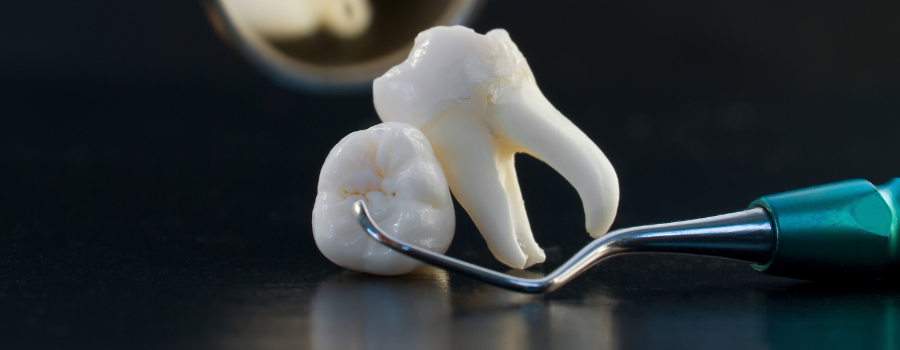
Effective Pain Management Strategies
Over-the-Counter Medications
Over-the-counter medications can be a convenient and effective way to manage pain after a tooth extraction. Nonsteroidal anti-inflammatory drugs (NSAIDs) , such as ibuprofen, are commonly recommended to reduce both pain and inflammation. Acetaminophen is another option that can help alleviate discomfort. Always follow the dosage instructions on the packaging or as your healthcare provider advises.Prescription Pain Relievers
In some cases, over-the-counter medications may not be sufficient to manage the pain. Your dentist may prescribe stronger pain relievers, such as opioids, for short-term use. It's crucial to use these medications exactly as prescribed to avoid potential side effects and dependency issues.If the prescribed medication does not adequately control your pain, contact your dentist for further advice.
Signs of Complications
Infection Indicators
Infections can occur after a tooth extraction, and it's crucial to recognize the signs early. Symptoms may include persistent swelling, fever, and a foul taste in the mouth. If you notice any of these signs, contact your dentist immediately.Dry Socket Symptoms
A dry socket is a painful condition that can develop if the blood clot at the extraction site dislodges or dissolves. Symptoms include severe pain, an empty-looking socket, and an unpleasant odor. To minimize the risk, avoid drinking through straws and smoking during the recovery period.When to Contact a Dentist
It's essential to know when to seek professional help. If you experience excessive bleeding, severe pain that doesn't improve with medication, or signs of infection, contact your dentist. Prompt attention can prevent further complications and ensure a smoother recovery. Constantly monitor your symptoms closely and follow your dentist's post-operative care instructions to promote healing and avoid complications.Diet and Nutrition Tips
Foods to Avoid
During the initial recovery period, it's crucial to avoid certain foods that can hinder the healing process. Avoid hard, crunchy, or chewy foods that can irritate the extraction site. Additionally, avoid spicy and acidic foods, as they can cause discomfort and delay healing.Recommended Foods
Opt for soft, easy-to-eat foods that require minimal chewing. Some excellent choices include:- Mashed potatoes
- Yogurt
- Smoothies
- Applesauce
- Scrambled eggs
These foods are gentle on the extraction site and provide necessary nutrients for recovery.
Hydration Importance
Staying hydrated is essential for a smooth recovery. Drink plenty of water throughout the day, but avoid using straws as the suction can dislodge the blood clot and impede healing. Proper hydration helps maintain overall health and supports the body's natural healing processes.Maintaining a balanced diet and proper hydration can significantly impact the speed and comfort of your recovery after tooth extraction.
Oral Hygiene During Recovery
Maintaining oral hygiene after a tooth extraction is crucial for a smooth recovery. Gently brush your teeth twice daily, avoiding the extraction site to prevent irritation. Flossing should be done carefully, steering clear of the affected area to avoid dislodging the clot. Using mouth rinses can help keep the extraction site clean. Opt for a saltwater rinse, which can be made by dissolving half a teaspoon of salt in a glass of warm water. Rinse your mouth gently with this solution several times daily, especially after meals. To ensure a swift recovery, avoid actions that could irritate the extraction site. Refrain from using straws, smoking, or consuming hot beverages, as these can disrupt healing. Additionally, be cautious with your diet, avoiding hard or crunchy foods that might cause discomfort.Proper oral hygiene is essential for a successful recovery after a tooth extraction. Following these guidelines can help avoid complications and ensure a healthy smile makeover in San Diego . If you have any concerns, consult your dentists in San Diego for personalized advice.



